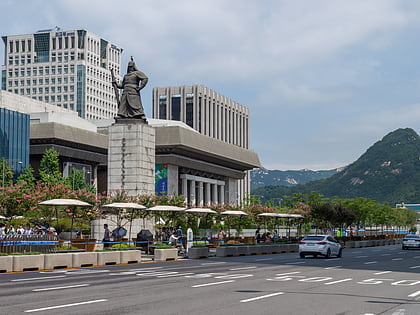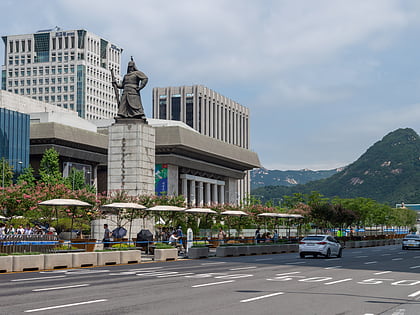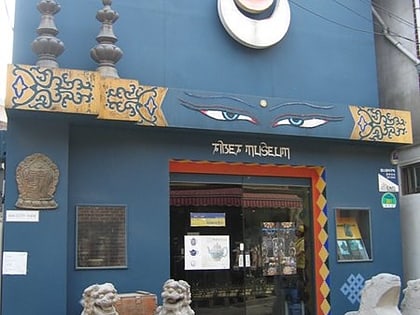Jogyesa, Seoul
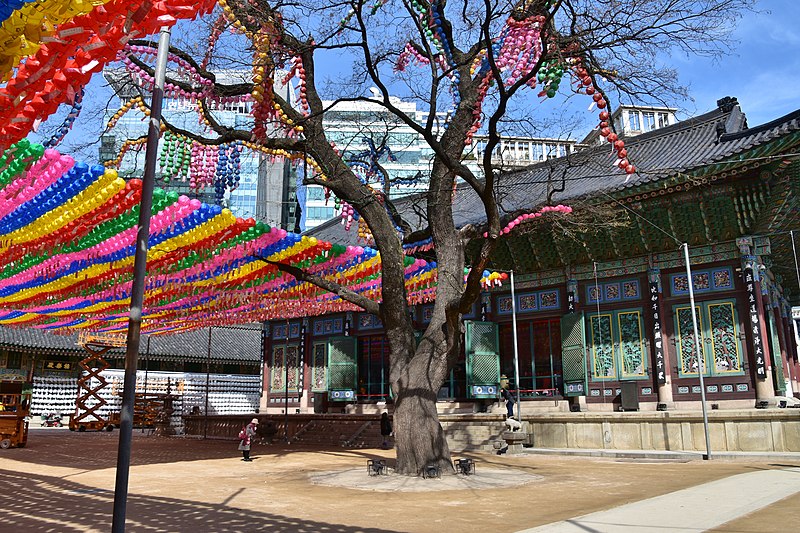
Facts and practical information
Jogyesa is a serene oasis of calm in the bustling heart of Seoul, South Korea. As the chief temple of the Jogye Order of Korean Buddhism, it stands as a spiritual center amidst the urban sprawl, offering a glimpse into the country's rich religious heritage.
Established in 1395 during the Joseon Dynasty, Jogyesa has been a pivotal site for Korean Zen Buddhism for centuries. Despite its ancient roots, the current temple buildings date back to the early 20th century, having been reconstructed in 1910. Jogyesa is not only a place for worship but also an important venue for the study of Korean Buddhism.
The temple is renowned for its beautiful architecture and the tranquil atmosphere that pervades its grounds. The Daeungjeon, the main temple building, is a stunning example of Korean religious architecture, adorned with intricate wood carvings and colorful paintings that depict various Buddhist themes. Inside, visitors will find a statue of Seokgamoni, the historical Buddha at the moment of enlightenment.
One of the most striking features of Jogyesa is its ancient trees. A white pine and a baeksong, a Korean white pine, both of which are several centuries old, stand at the entrance to the temple, symbolizing longevity and peace. The courtyard is also home to a majestic locust tree, designated as a natural monument, believed to be about 500 years old.
Jogyesa is particularly vibrant during the Lotus Lantern Festival, which celebrates Buddha’s birthday. The temple and its surroundings are adorned with thousands of colorful lanterns, and the festival is marked by parades, cultural performances, and ceremonies.
Open to visitors all year round, Jogyesa offers a unique opportunity to observe Buddhist rituals and ceremonies. The temple provides a peaceful retreat for those looking to meditate or simply enjoy the tranquility of the temple atmosphere. It is a sanctuary where the traditional and the contemporary merge, reflecting the dynamic nature of Korean spirituality.
Jogyesa – popular in the area (distance from the attraction)
Nearby attractions include: Unhyeongung, Gwanghwamun, Sejongno, National Palace Museum of Korea.
Frequently Asked Questions (FAQ)
Which popular attractions are close to Jogyesa?
How to get to Jogyesa by public transport?
Metro
- Jonggak • Lines: 1 (7 min walk)
- Anguk • Lines: 3 (8 min walk)
Bus
- Jongno 2 Ga • Lines: 9300, M4101 (12 min walk)
- Gwanghwamun • Lines: 600, 9709 (12 min walk)


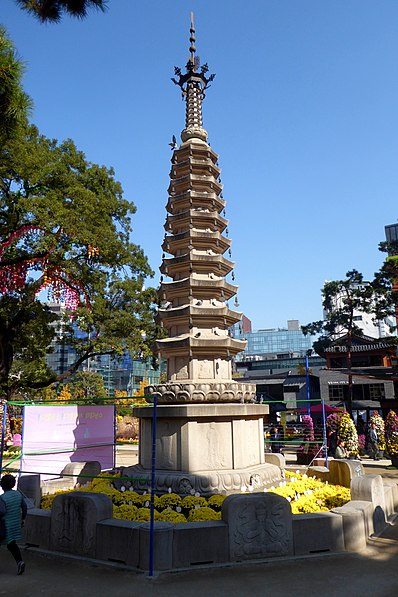
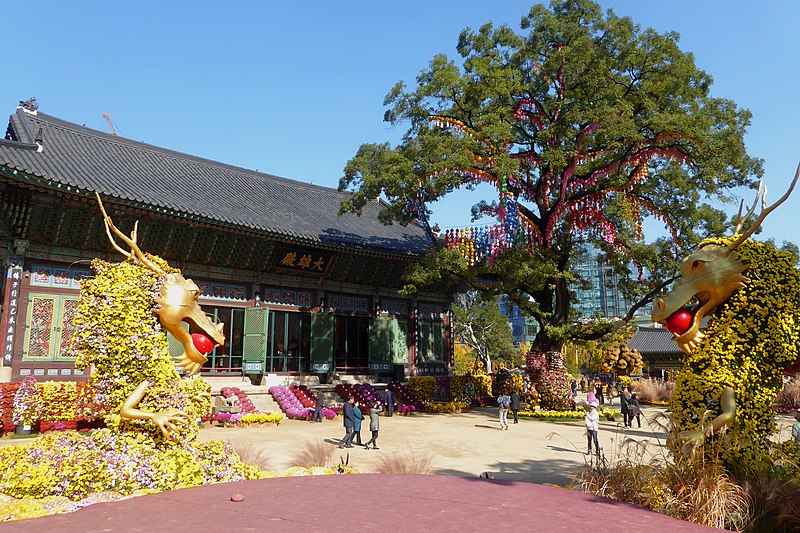
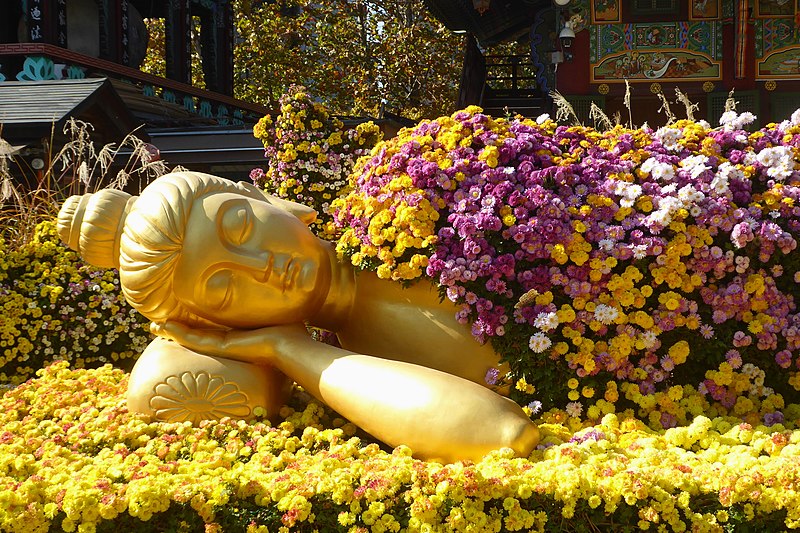
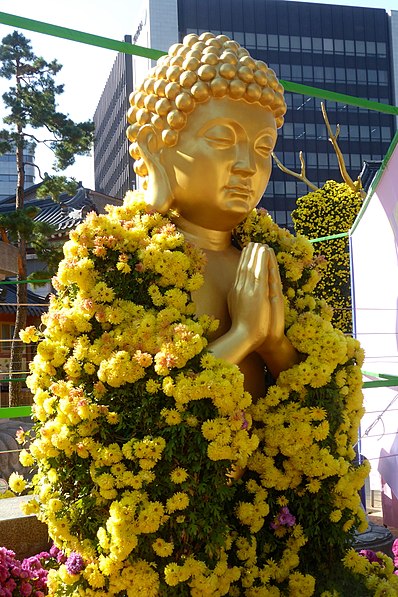
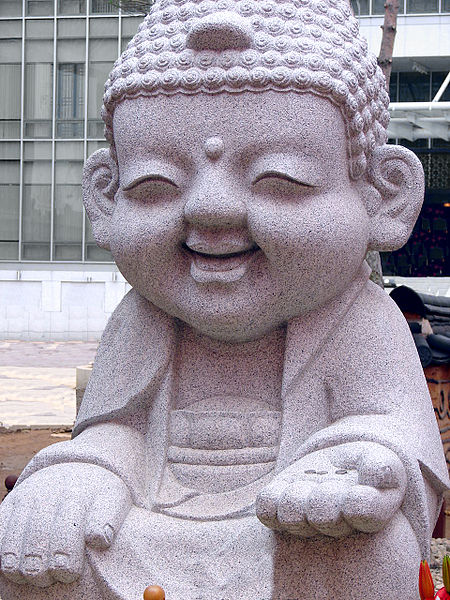

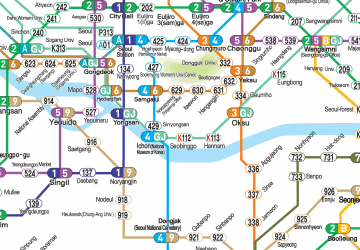 Metro
Metro






